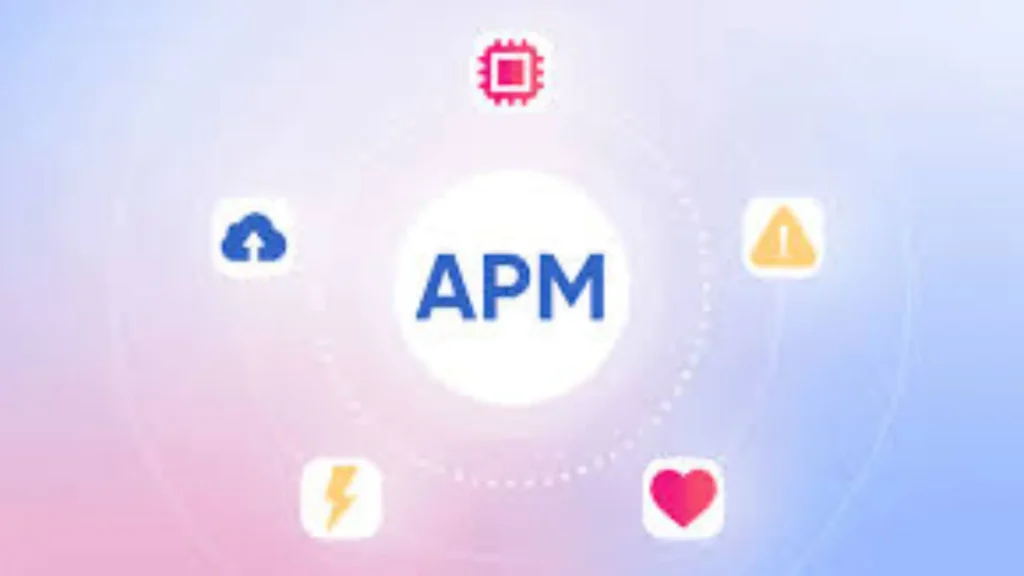Did you know that slow-loading websites cause nearly 70% of users to abandon their carts during online purchases? That’s not just a performance issue. It’s lost revenue. For tech teams, it’s not just frustrating, it’s a fire drill. In a world where speed and stability define user trust, detecting and resolving application issues fast is no longer optional. That’s exactly where the uses of Application Performance Monitoring (APM) come in handy.
But what exactly is APM? And how does it help your business catch performance hiccups before your users do? Let’s break it down in a way that’s easy, practical, and grounded in real-world value.
What Users and Developers Often Complain About?
Ask any app user or developer, and you’ll hear familiar complaints:
- “Why is this app so slow today?”
- “Everything was working fine in staging!”
- “I keep getting logged out randomly!”
- “The database response time is killing us.”
These aren’t just annoying, they’re signals. Signals of issues lurking in code, infrastructure, networks, or external APIs. The problem? Finding the root cause quickly can feel like finding a needle in a haystack.
That’s why APM tools have become a core part of the DevOps monitoring stack, especially for businesses that depend on digital platforms for revenue and customer satisfaction.
What Is APM (Application Performance Monitoring)?
APM is short for Application Performance Monitoring, and it’s like a health monitor for your software. Just like doctors use machines to check your heart rate and blood pressure, APM tools keep an eye on the health of your applications, from backend services to frontend response times.
They help you detect app slowness, crashes, and resource overloads before they become major problems. And not just detect, but understand why it’s happening. APM is more than just metrics. It’s about full-stack visibility across code, services, infrastructure, and user experience.
Let’s quickly understand its core components:
- Real User Monitoring (RUM): Tracks how real users interact with your app.
- Synthetic Monitoring: Simulates user behavior to catch problems before they go live.
- Code-level Diagnostics: Pinpoints issues inside your actual application logic.
- Business Transaction Tracing: Follows individual user journeys and highlights slow paths or failed interactions.
Together, these give you what’s known as full-stack observability, the ability to watch everything, everywhere, in real-time.
How APM Solves Real-World Issues?
Here’s how use of Application Performance Monitoring (APM) tackles some common scenarios:
- Sudden CPU Spike: Your app is lagging, but why? APM shows it’s a memory leak in the background job processor, not the user-facing code.
- Database Latency: Your checkout page is slow. APM traces it to a slow SQL query that’s missing an index.
- Third-party API Failure: A payment API goes down. APM detects the failing requests and routes them to a fallback service, saving customer transactions.
- Microservices Confusion: With hundreds of microservices, a delay in one tiny service can ruin everything. APM maps the chain and points to the bottleneck in milliseconds.
In each case, APM detects the issue and shows exactly where and why it’s happening.
APM Tools Overview
Several application monitoring software tools are available today, each with unique strengths:
| Tool | Best For | Unique Feature |
| Dynatrace | AI-driven insights across the stack | Davis AI engine for root-cause analysis |
| AppDynamics | Enterprise ecosystems | Deep business transaction tracing |
| Instana | Modern cloud-native applications | Automated service mapping |
| New Relic | Broad monitoring + visual dashboards | Full telemetry in one UI |
Whether you’re a startup or a Fortune 500 firm, choosing the right tool depends on your infrastructure, scalability needs, and integration priorities.
Use Case: Resolving a 99.9% SLA Breach for a BFSI Client
Let’s take a real-world example inspired by Avekshaa’s work with BFSI clients.
A leading financial institution was struggling to meet its 99.9% uptime SLA. Customers faced login delays, and transaction timeouts spiked during peak hours.
By integrating a full-stack APM setup:
- They identified slow transaction paths tied to third-party KYC verification.
- Real-time alerts helped them proactively monitor high-risk services.
- Code-level analysis revealed inefficient loops in the loan approval module.
- After resolution, customer complaints dropped by over 40%, and SLA was back on track.
This is the power of proactive APM, not just fixing issues, but delivering seamless digital experiences.
Best Practices for APM Setup
To get the most out of your APM implementation:
- Define critical user journeys: What matters most to your users? Monitor that first.
- Enable alerts, but don’t overload your team: Focus on actionable thresholds.
- Integrate with CI/CD pipelines: Catch issues early in the dev cycle.
- Combine with logs and infrastructure monitoring: For complete DevOps monitoring stack synergy.
- Regularly update performance baselines: Apps evolve, and so should your monitoring.
Our APM Services
At Avekshaa, we go beyond just deploying APM tools. We help businesses:
- Choose and set up the right application monitoring software based on their ecosystem.
- Seamlessly integrate APM with existing systems and business processes.
- Provide continuous performance audits and optimization.
- Support custom dashboard setups, threshold tuning, and application downtime alerts for both cloud and hybrid environments.
Our goal is not just uptime, it’s performance excellence that drives business results.
Call To Action
Don’t wait for a frustrated user to tell you something’s broken. Get ahead of the problem. Discover how Avekshaa’s APM services can give your applications the performance edge they
deserve.
Ready to eliminate blind spots in your app’s performance? Let’s Talk.
Frequently Asked Questions FAQs
1. What exactly does an APM tool monitor?
APM tools monitor application performance by tracking response times, error rates, server health, slow transaction monitoring, user experiences, and more.
2. How does APM help in reducing app downtime?
It gives real-time application downtime alerts and root-cause diagnostics. This allows teams to act fast, often before end users notice any problem.
3. What’s the difference between APM and observability?
APM is about monitoring known metrics like load time or error rates. Full-stack observability is broader. It includes unpredictable behaviors, logs, traces, and signals across the stack.
4. Is APM only useful for large enterprise apps?
Not at all. Even small apps can benefit from proactive monitoring, especially if performance impacts customer trust or revenue.
5. How do I choose the best APM tool for my stack?
Start by evaluating your infrastructure (cloud, hybrid, on-premise), your team’s skillset, integration needs, and whether you need business transaction tracing or just basic metrics. A consultative partner like Avekshaa can help.


